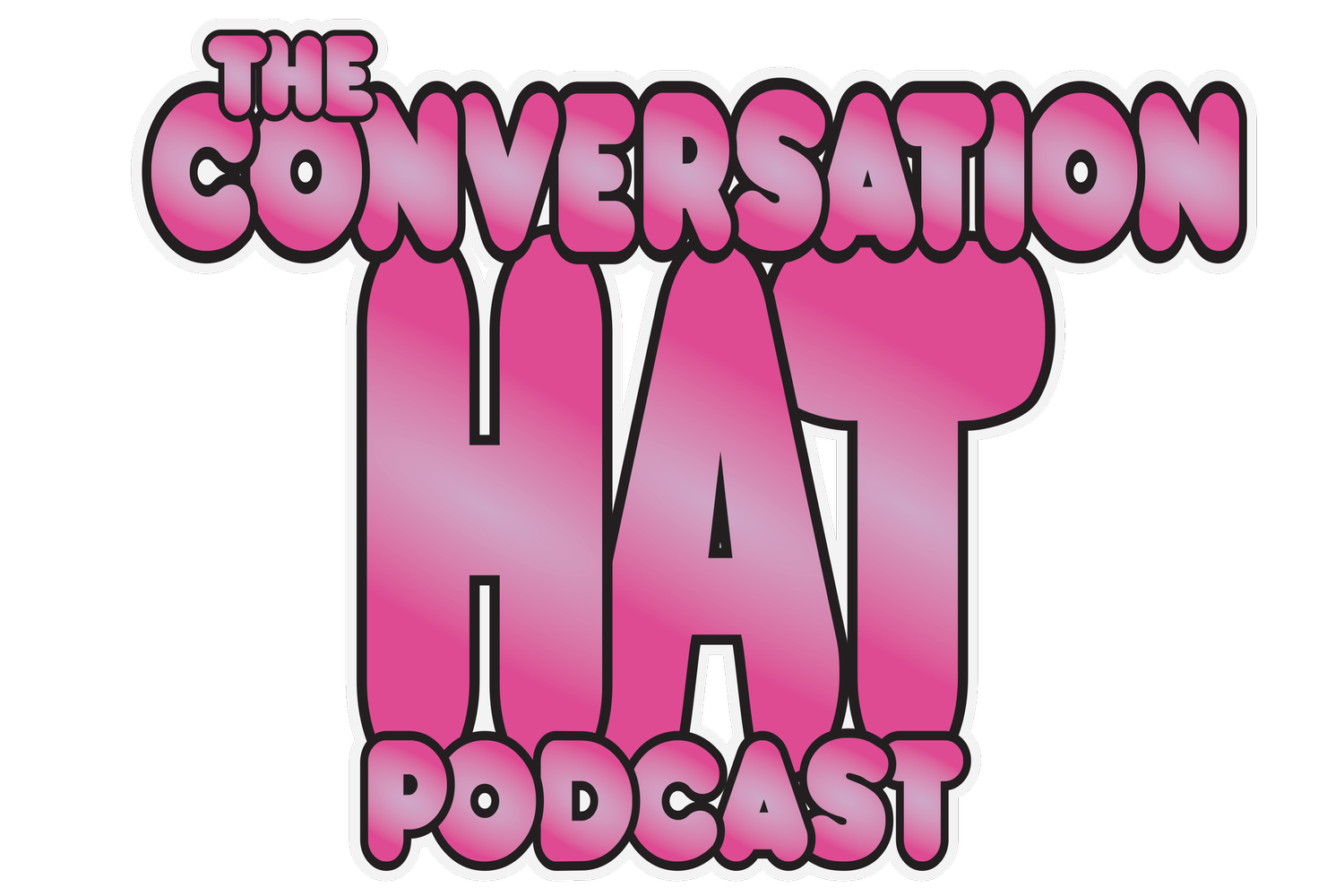Review by Ben Pierson
I’m happy.
There’s a new Pokemon game.
Well, it’s arguably an older Pokemon game given a spit and polish and released on (in my opinion) one of the best consoles out to date.
While this game is easily accessible to newcomers to the series, I’m going to assume that if you’re reading this, you’re an established PokeFan.
Careful now, there’s very minor spoilers ahead.
Being the first Pokemon game on a not strictly handheld console is quite a big deal, really, considering the franchise has been going since 1996. I struggle to think of a game so popular that hasn’t bridged both portable and home systems over the last 20+ years so if for no other reason alone, Pokemon Let’s Go: Pikachu and Pokemon Let’s Go: Eevee are notable games.
Set in the Kanto region of the very first Pokemon games, Let’s Go is reminiscent of Yellow, almost to the point that I started to think it was basically a direct HD port, until I reached Pewter City Gym that is, and Blue arrived. Yes, Let’s Go seems to be set several years after Red/Blue/Green/Yellow, something I didn’t realise to begin with and has caused minor embarrassment given the fact I named my rival Gary. The story doesn’t deviant hugely from the storyline of Yellow but adds and changes just enough to keep it fresh yet familiar. First off, let’s talk about what’s new.
There were a lot of mixed feelings regarding the capture system. Heavily influenced by the mobile Pokemon Go you no longer battle to weaken your desired ‘mon after wandering about in tall grass waiting for a random encounter. Instead the Pokemon walk in full view, meaning you have to walk into them to start you attempt to catch ‘em all (I couldn’t resist, sorry). I enjoyed this as it means that you can avoid things that you don’t need (making the cave of Zubats much less infuriating) and you get a rush of excitement when a rare monster pops up on your screen.
As we mentioned before, you no longer battle in order to capture. Once they bump into you or you to them, you’ll be faced with your Pocket Monster standing in front of you with a circle around it that grows and shrinks. Depending on how you’re playing, you’ll have to press a button or use the motion controls to throw a ball to try and catch it. If you hit within the circle, you have a higher chance of success. The smaller the circle, the higher the chance of catching it and getting an XP bonus that goes towards levelling up the 6 Pokemon you can hold in your party at any given time. While this makes grinding to evolve Pokemon much less tedious, the game keeps trainer battles and makes sure that you’re required to battle the high level Legendaries before you can catch them to break the game up and keep it from feeling too easy throughout.
Pokemon veterans will notice the original soundtrack is present with a modern boost from the old 8-bit style of the late ‘90s that will have you catching yourself humming the Pokemon Centre theme in the pharmacy hours later.
The Kanto map is painstakingly recreated perfectly, from the S.S. Anne to those thirsty ass guards. The Safari Zone is different however, now replaced by the Go Park, a place that you can transfer the original 151 from your PoGo account to fill your PokeDex, play mini games with and Mystery Boxes to help find the elusive Meltan (a big help as you’ll need 400 candies to evolve it in Pokemon Go).
When you battle trainers they briefly hold the pose of their original sprites, Jesse and James from Team Rocket are still Blasting Off and that kid’s still going on about how great shorts are.
Weather you’re new to the games, only played PoGo or still have every copy since you first got your paws on a Gameboy, there’s something in this adventure for everyone to enjoy.
While you go by Pokemon Let’s Go, I will travel across the land, searching far and wide.
POKEMON!




